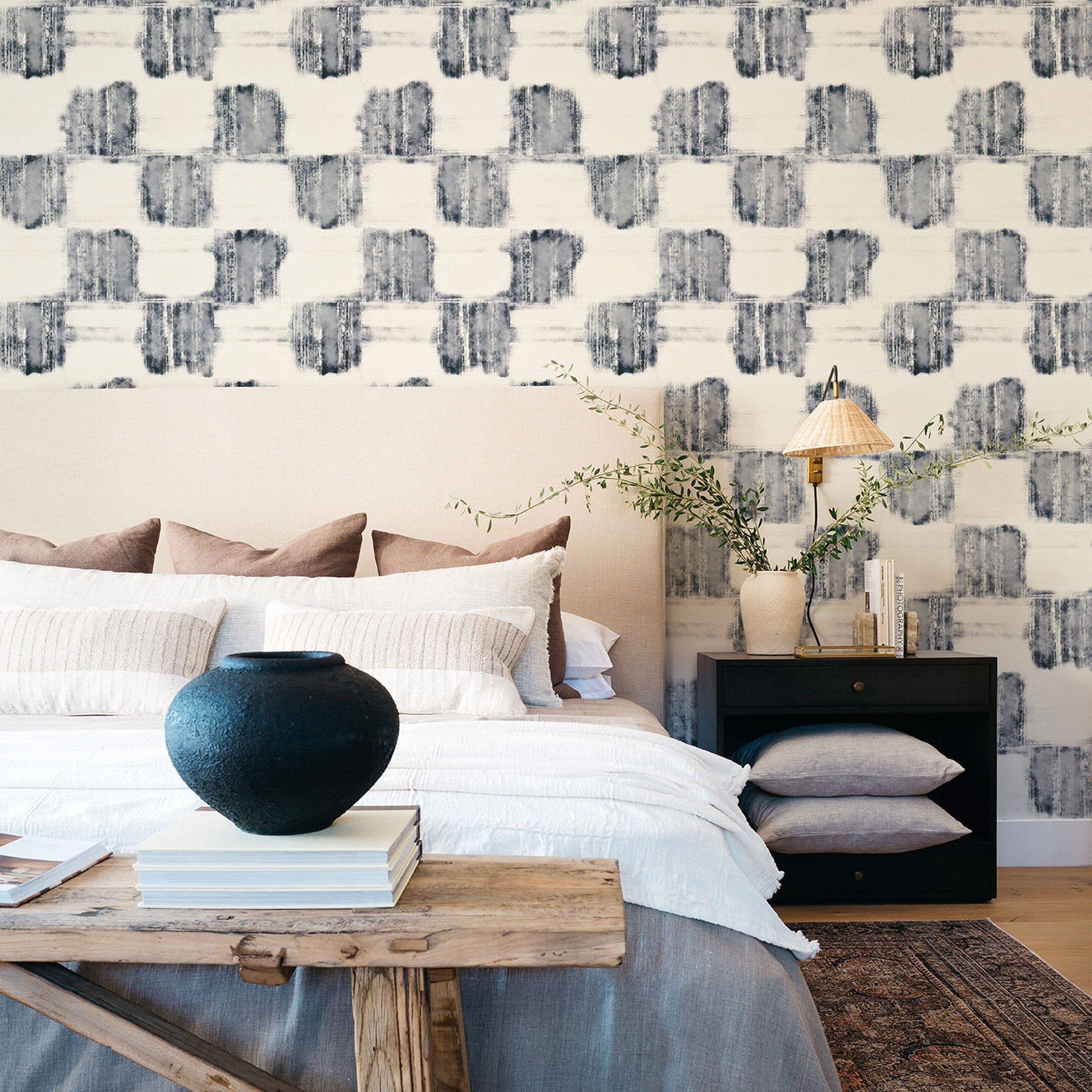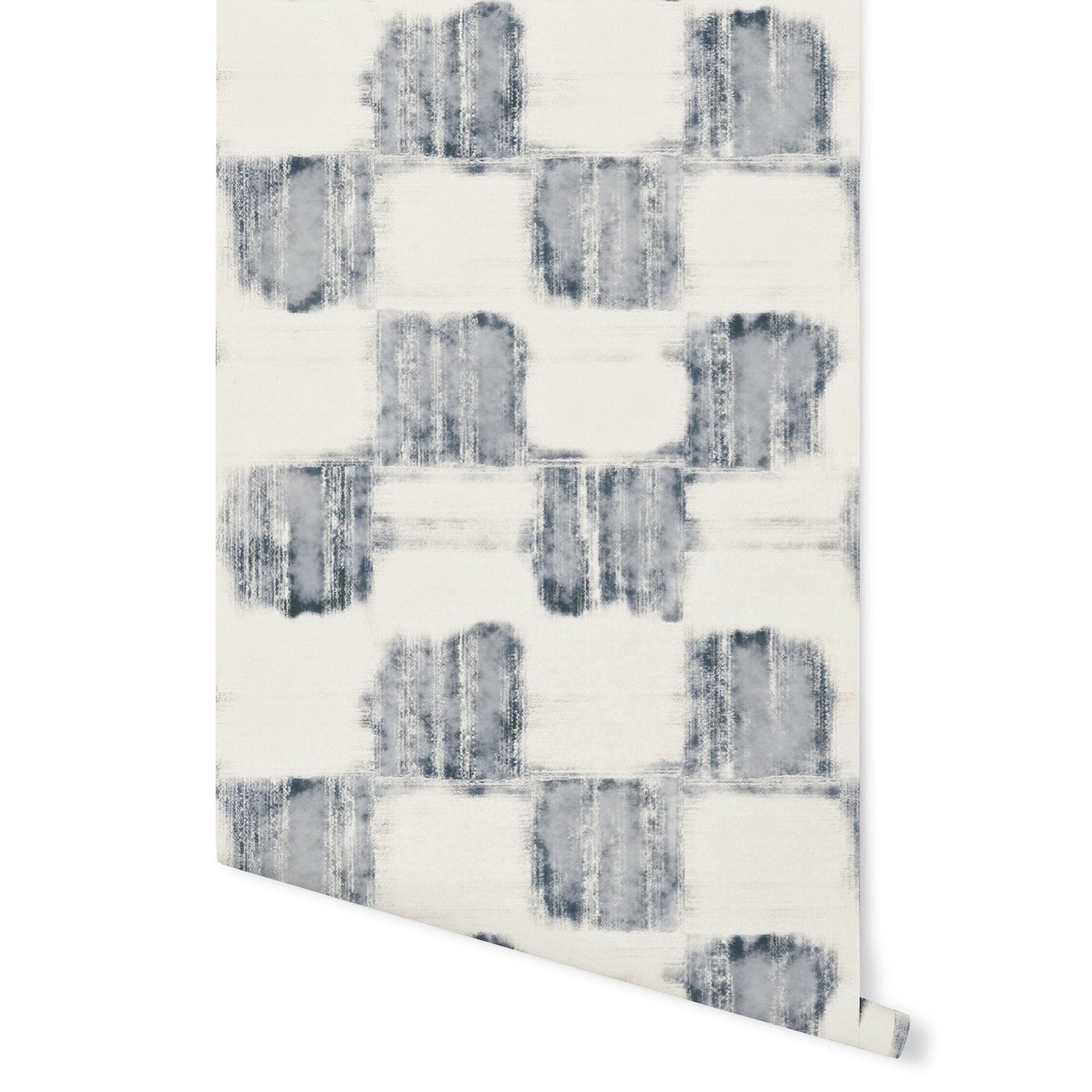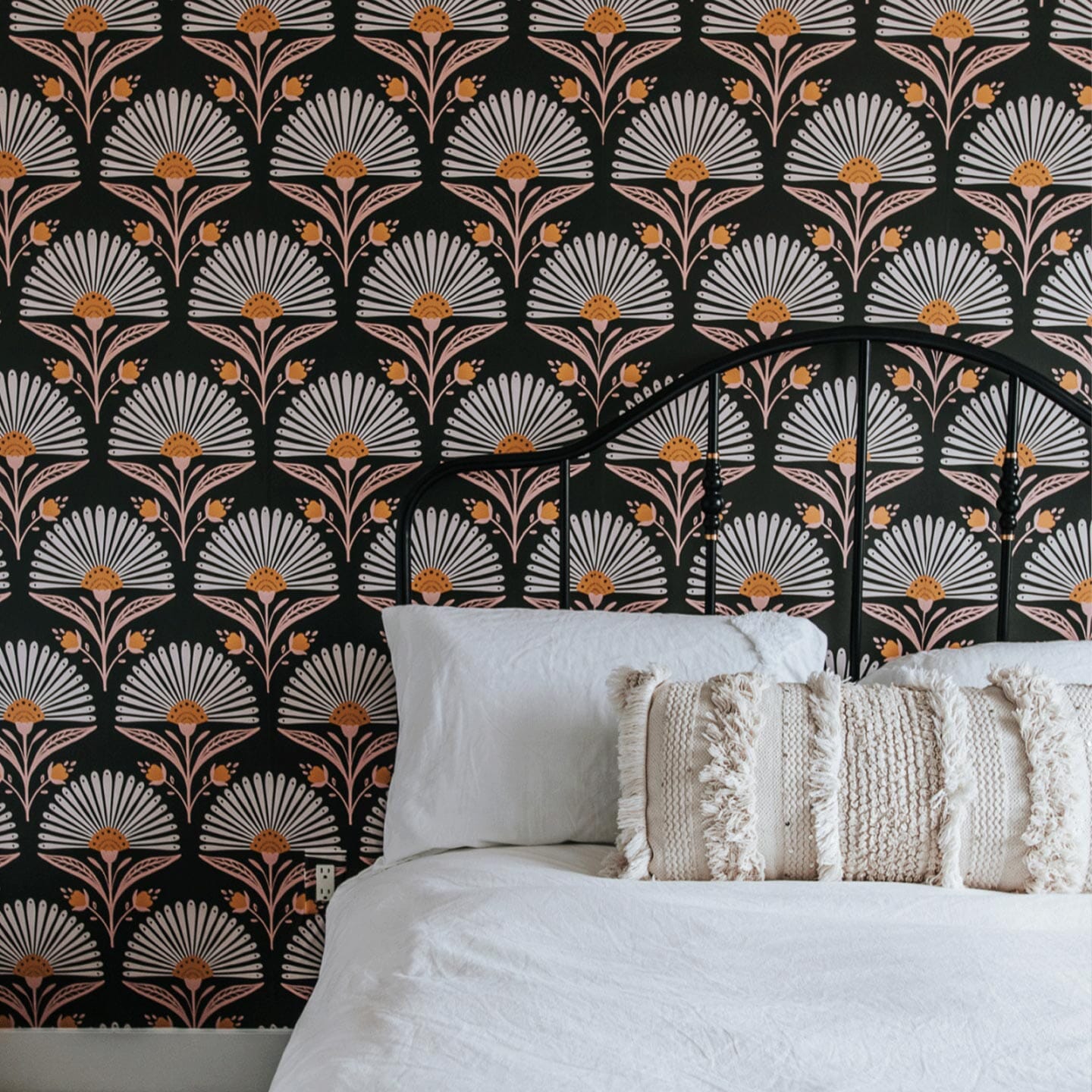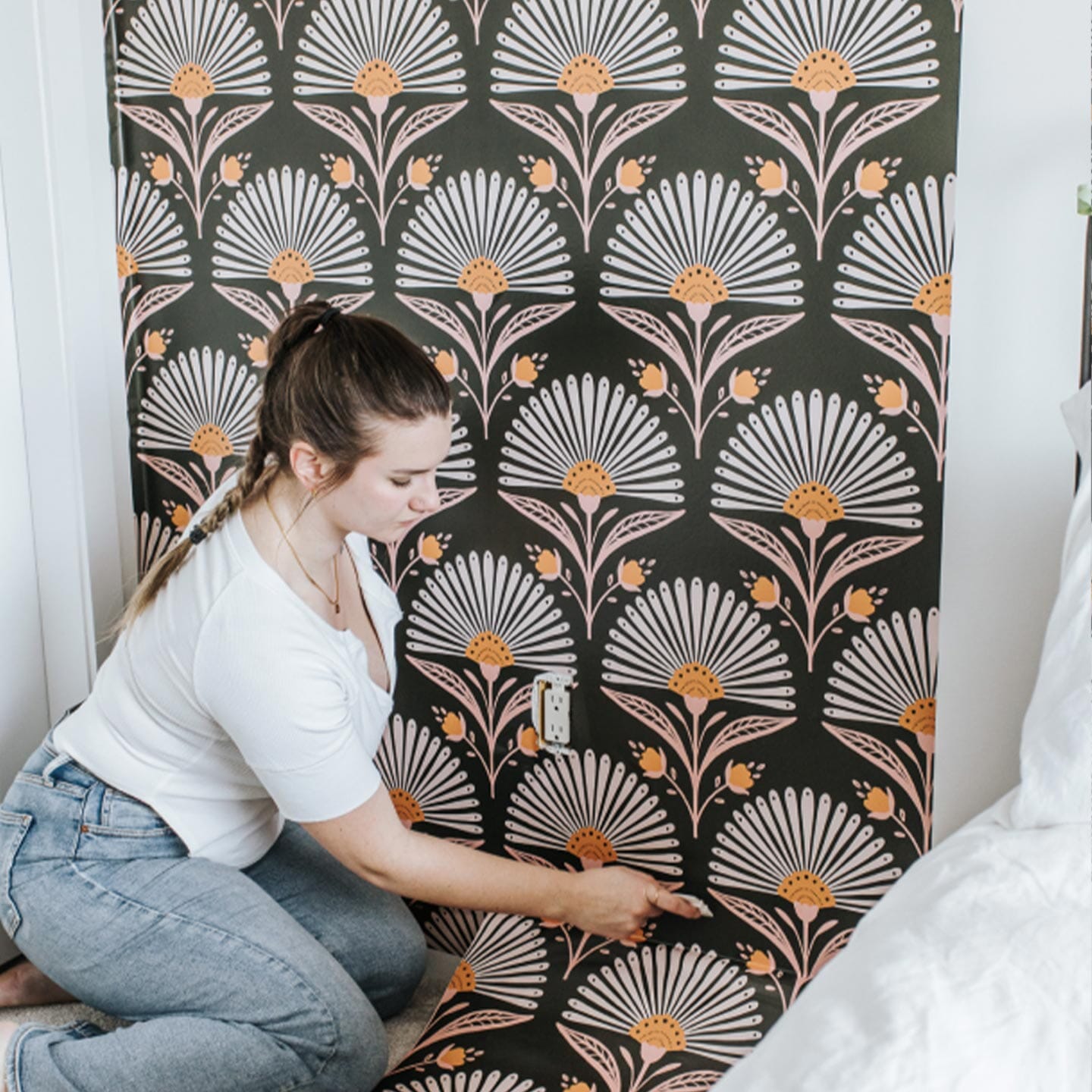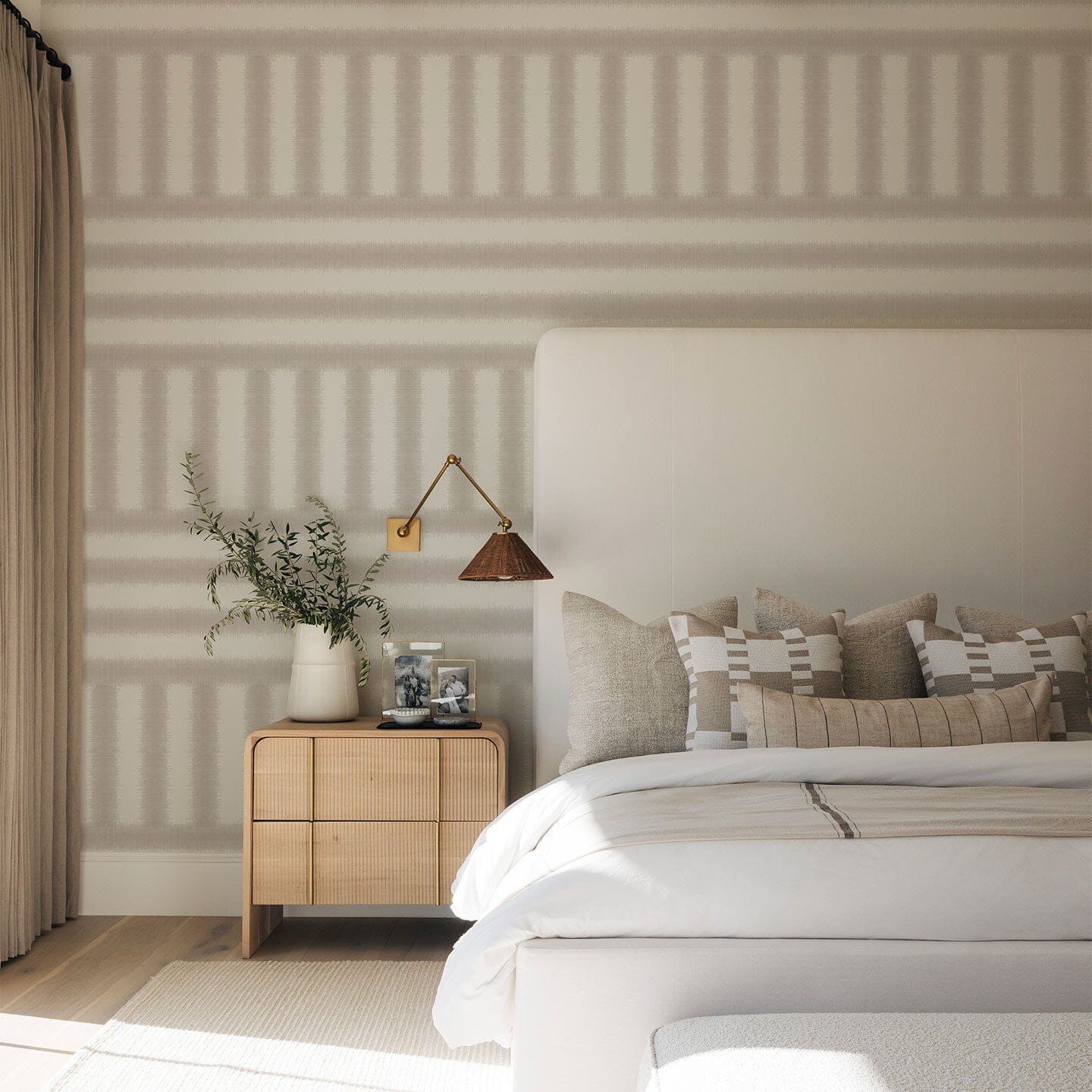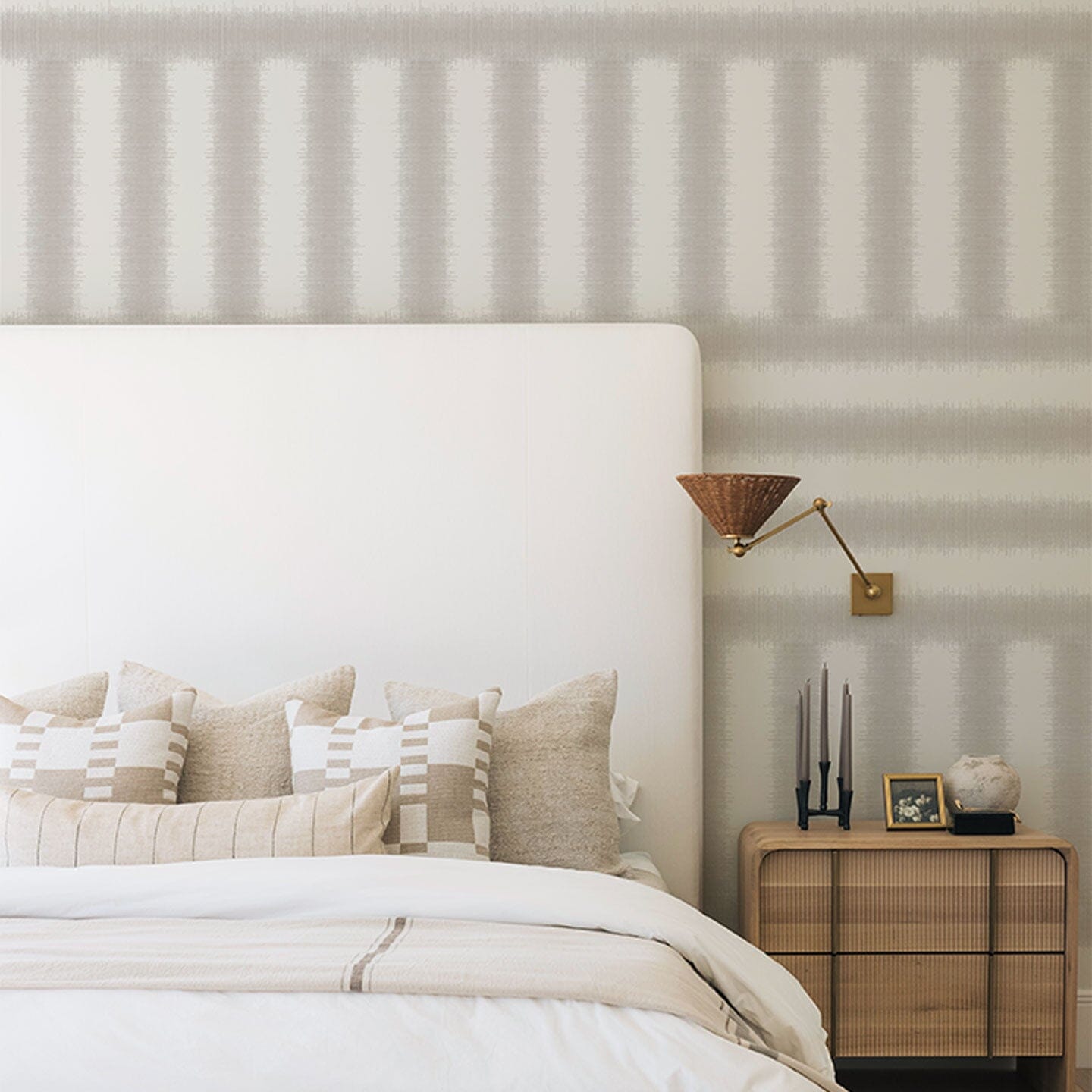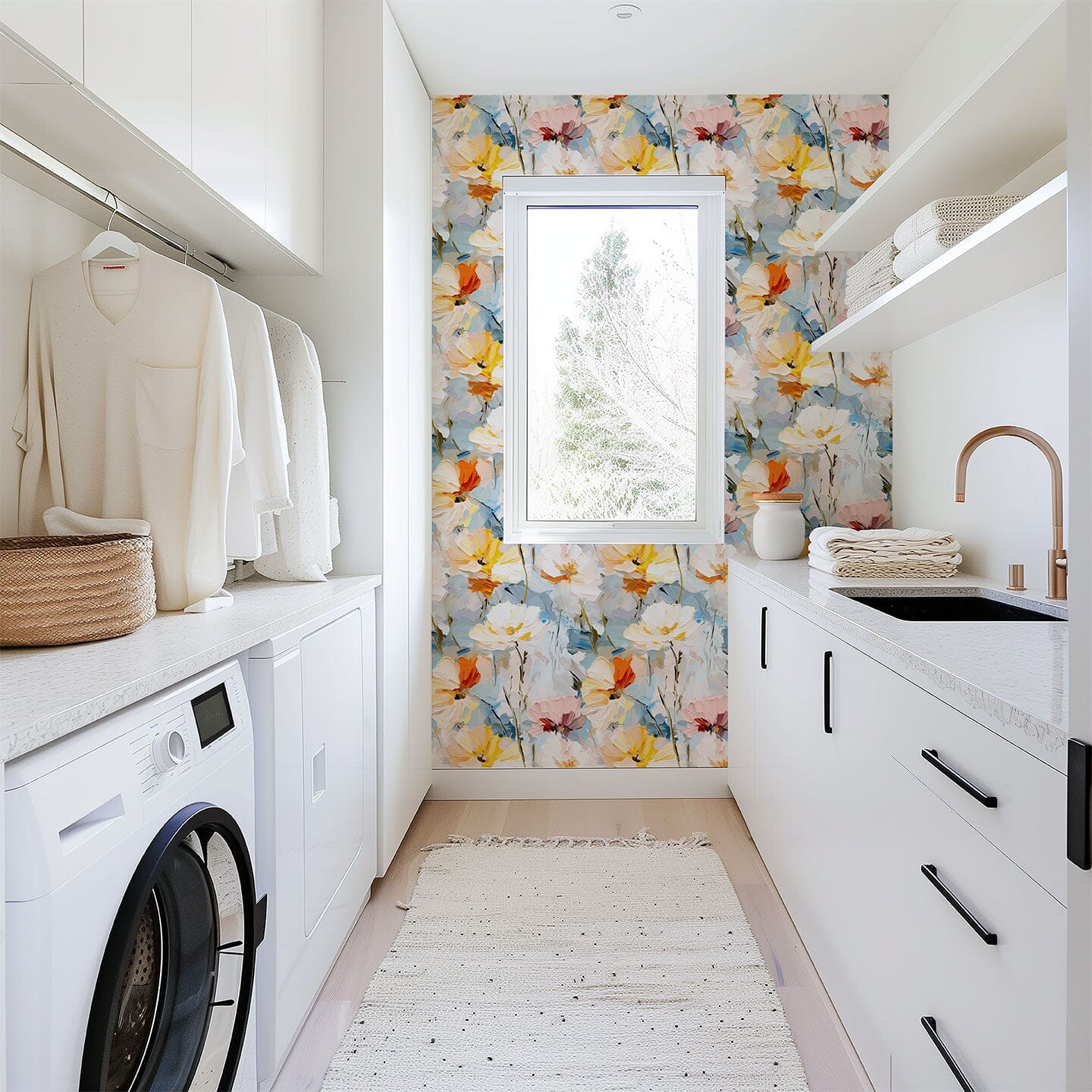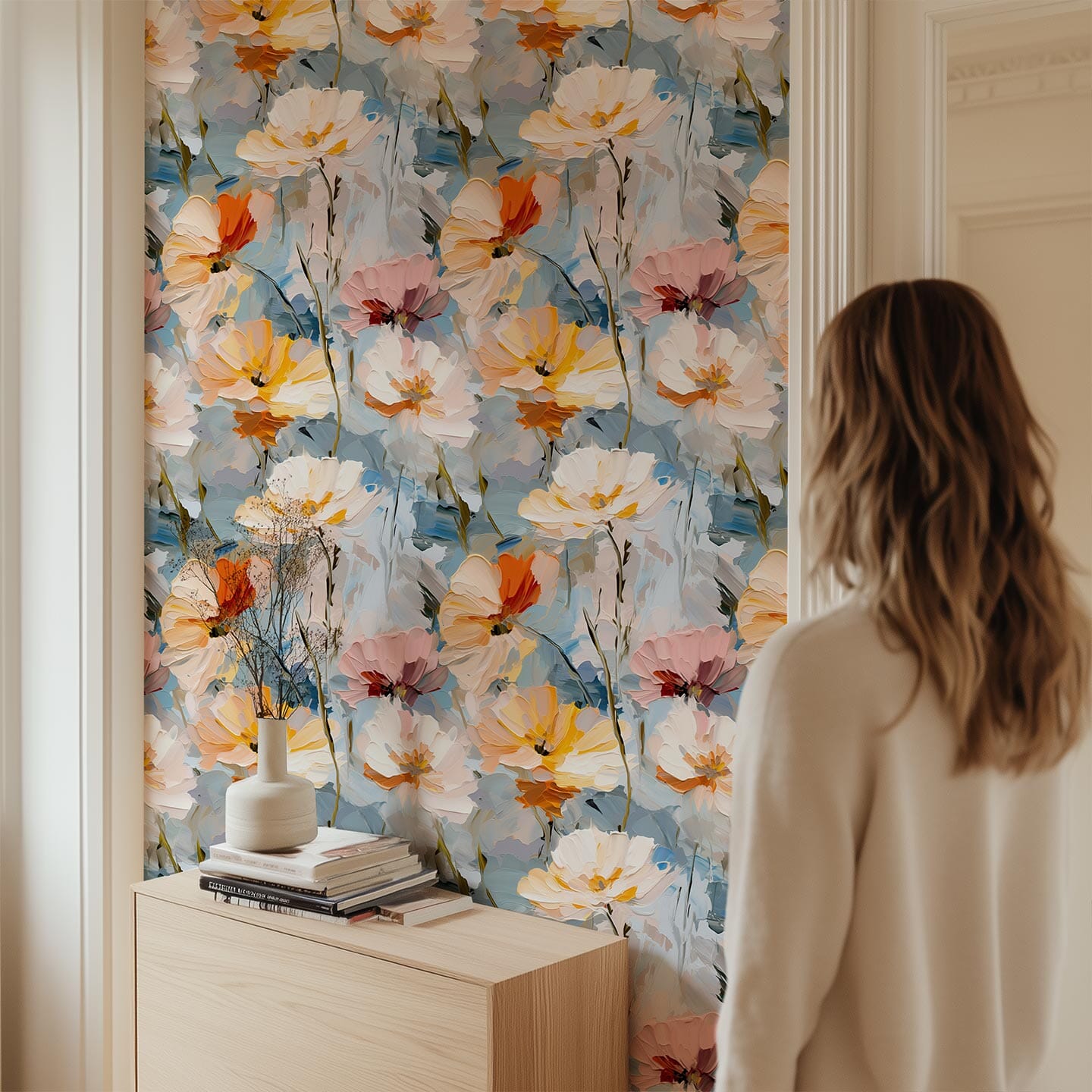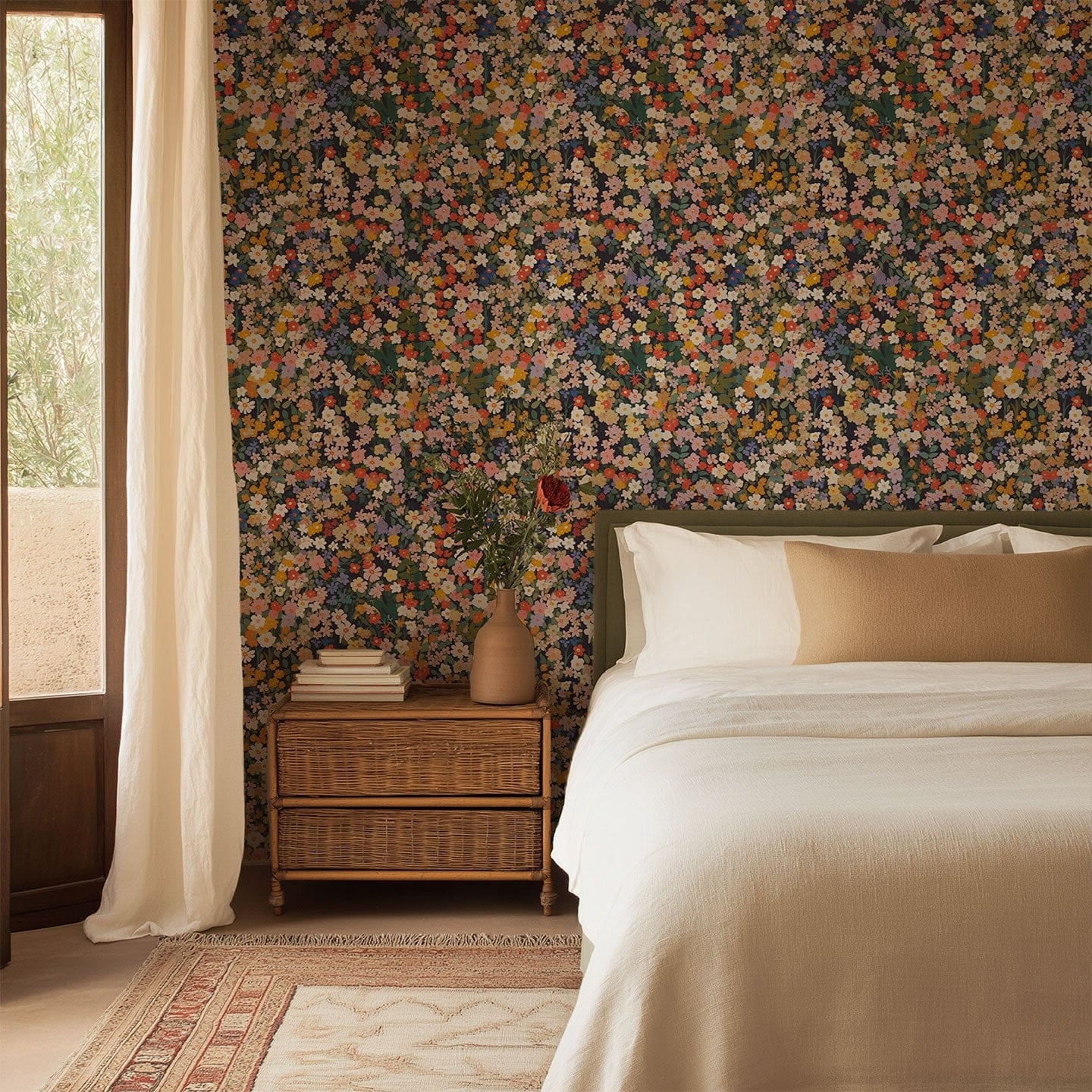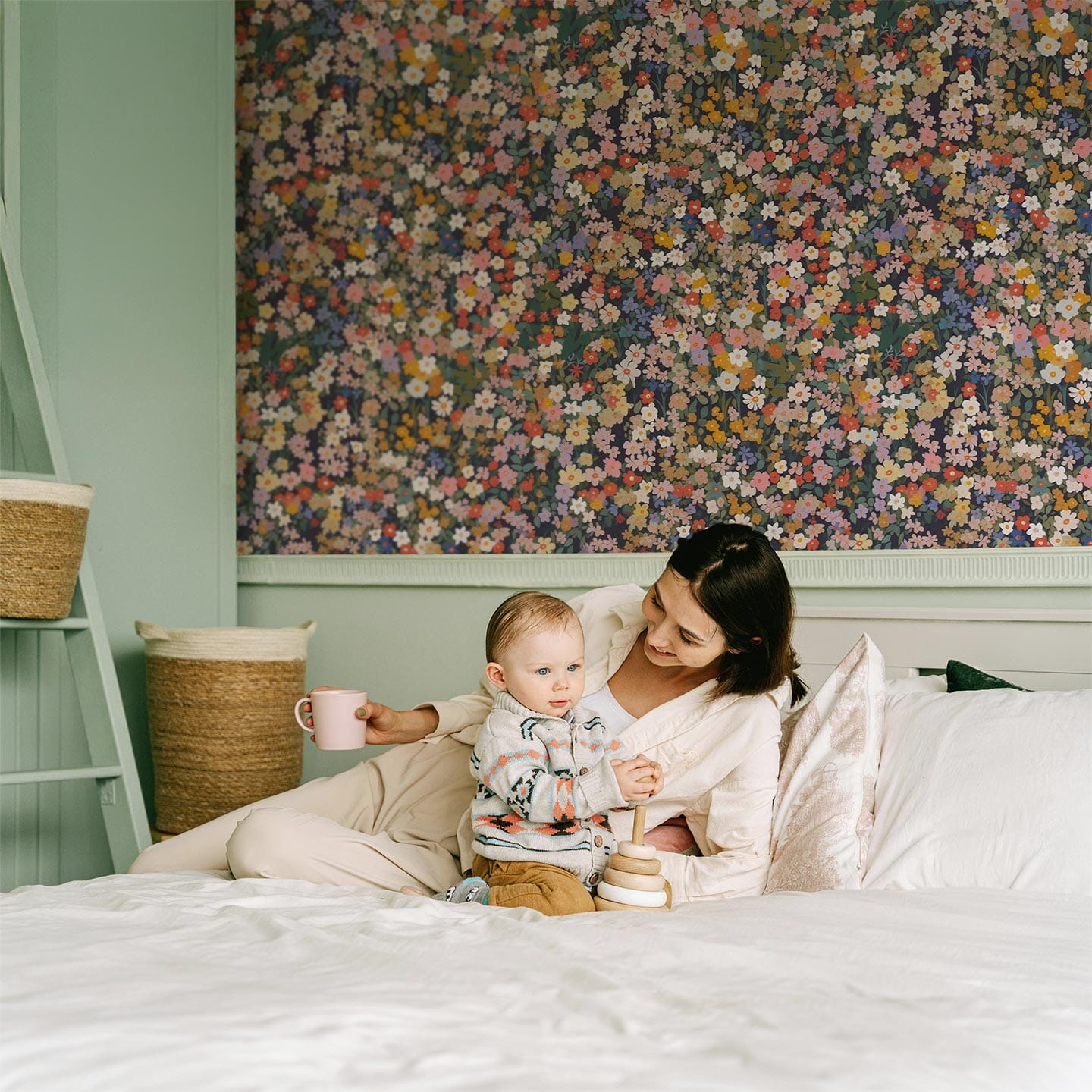Understanding the Differences
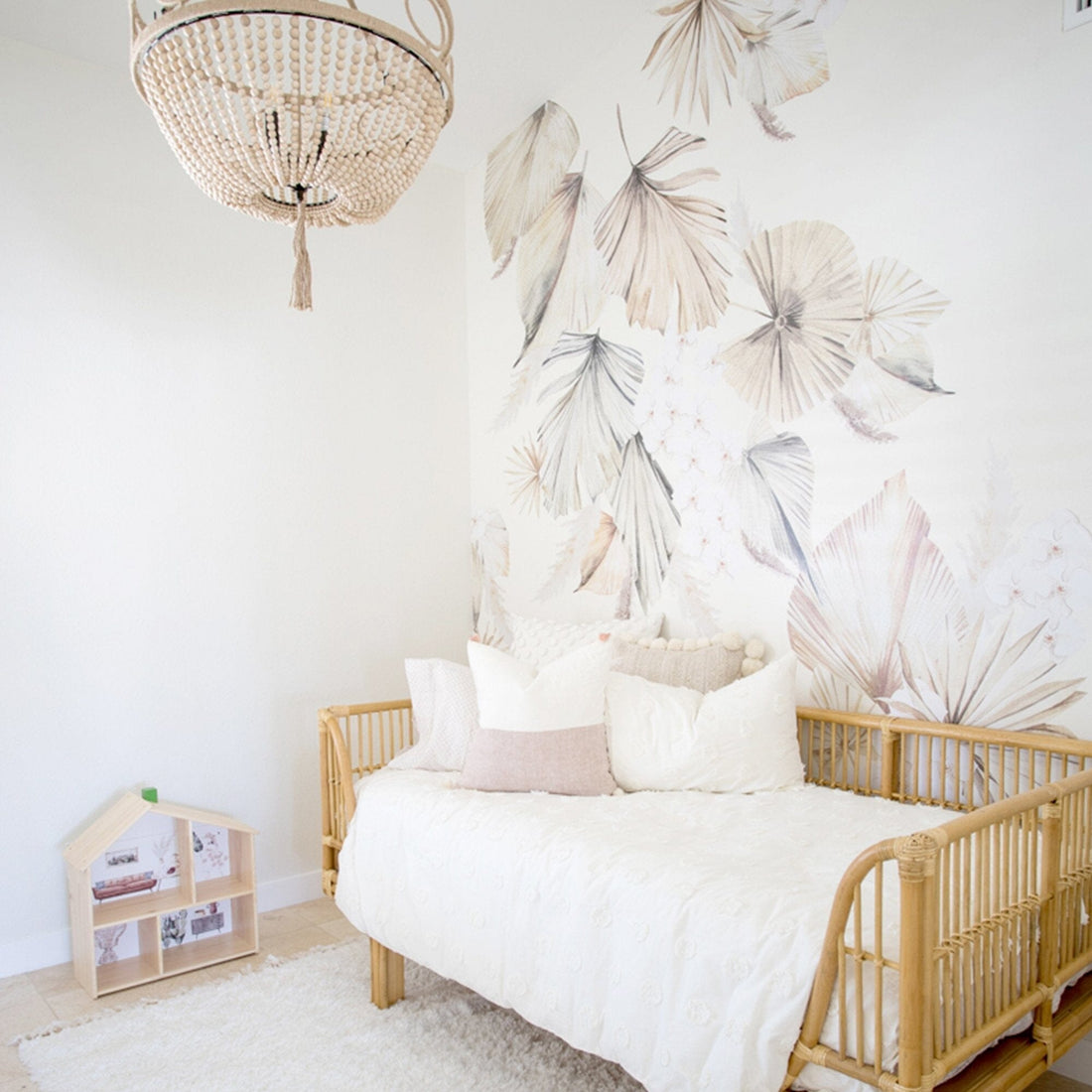
Our standard material is perfect for most interior walls, including smooth, painted walls, and even glass or metal surfaces. The strong adhesive backing ensures that your wall decals will stay put, while also being easily removable without leaving any residue.
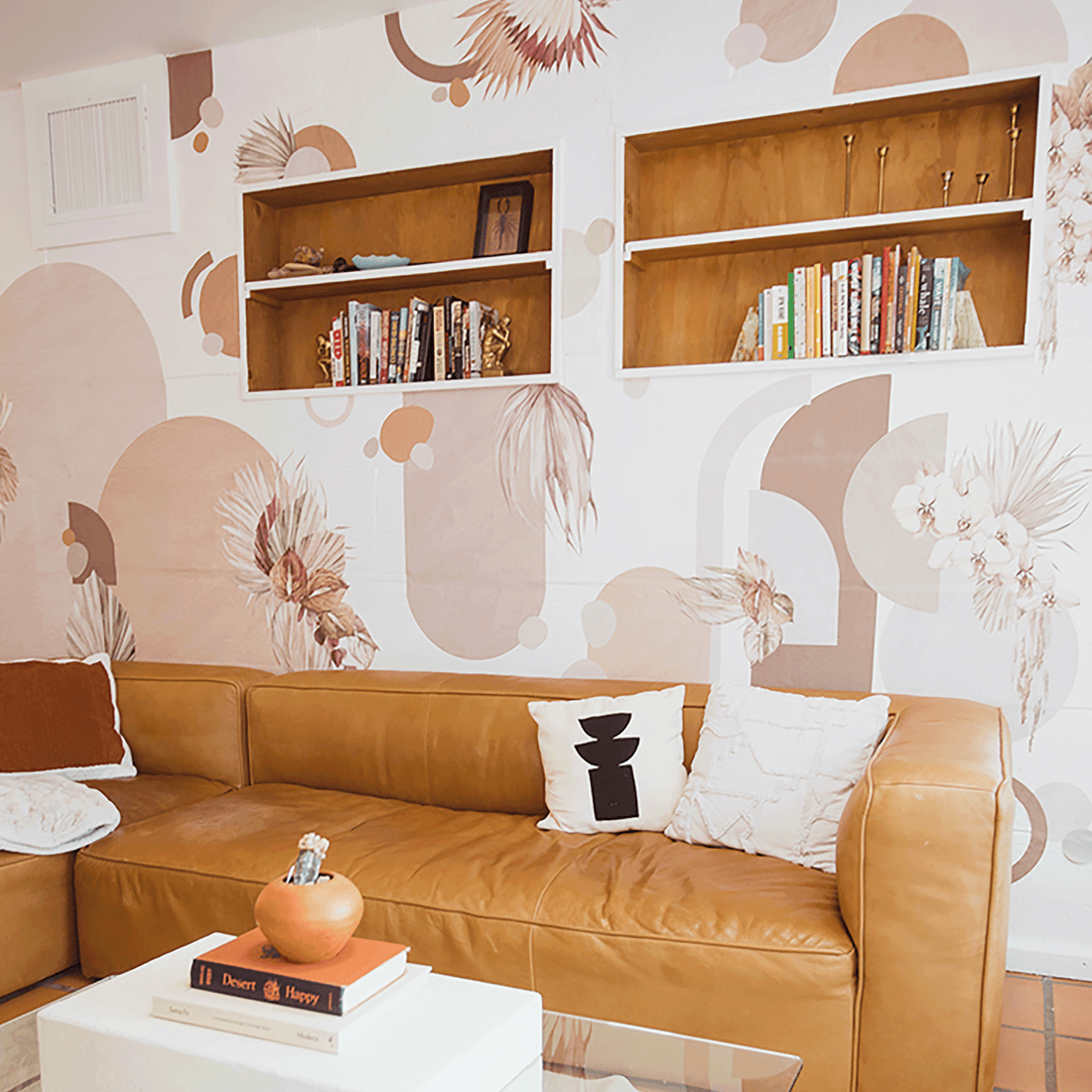
Our textured material is specifically designed for rough and uneven walls. It has a slightly stronger adhesive compared to our standard and pre-pasted material, allowing it to adhere better to surfaces with texture, such as brick, stucco, or textured wallpaper.
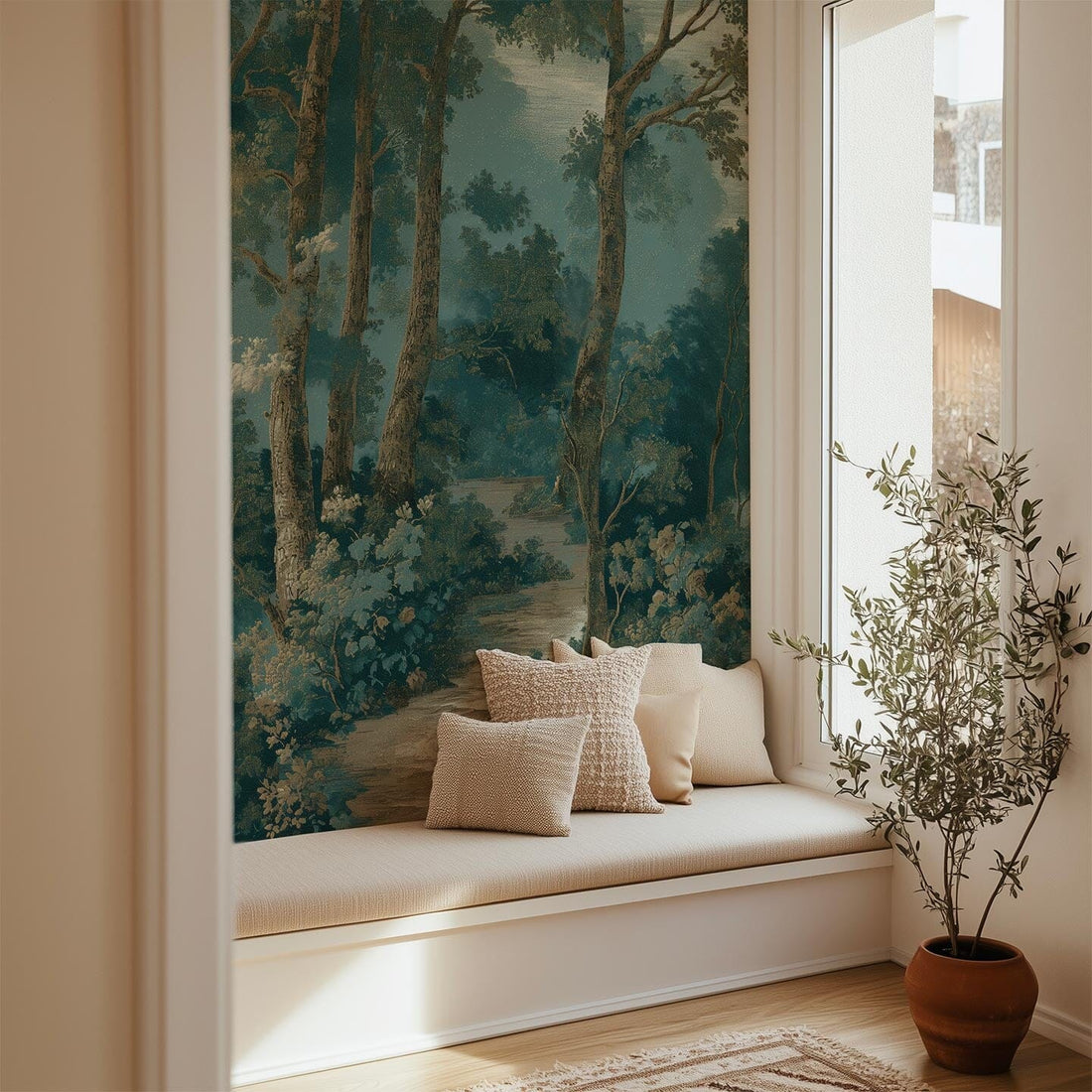
Our traditional prepasted material is crafted for easy installation on standard walls. With a built-in adhesive activated by water, it ensures a smooth and seamless application. This material offers a clean finish, perfect for timeless wall designs.
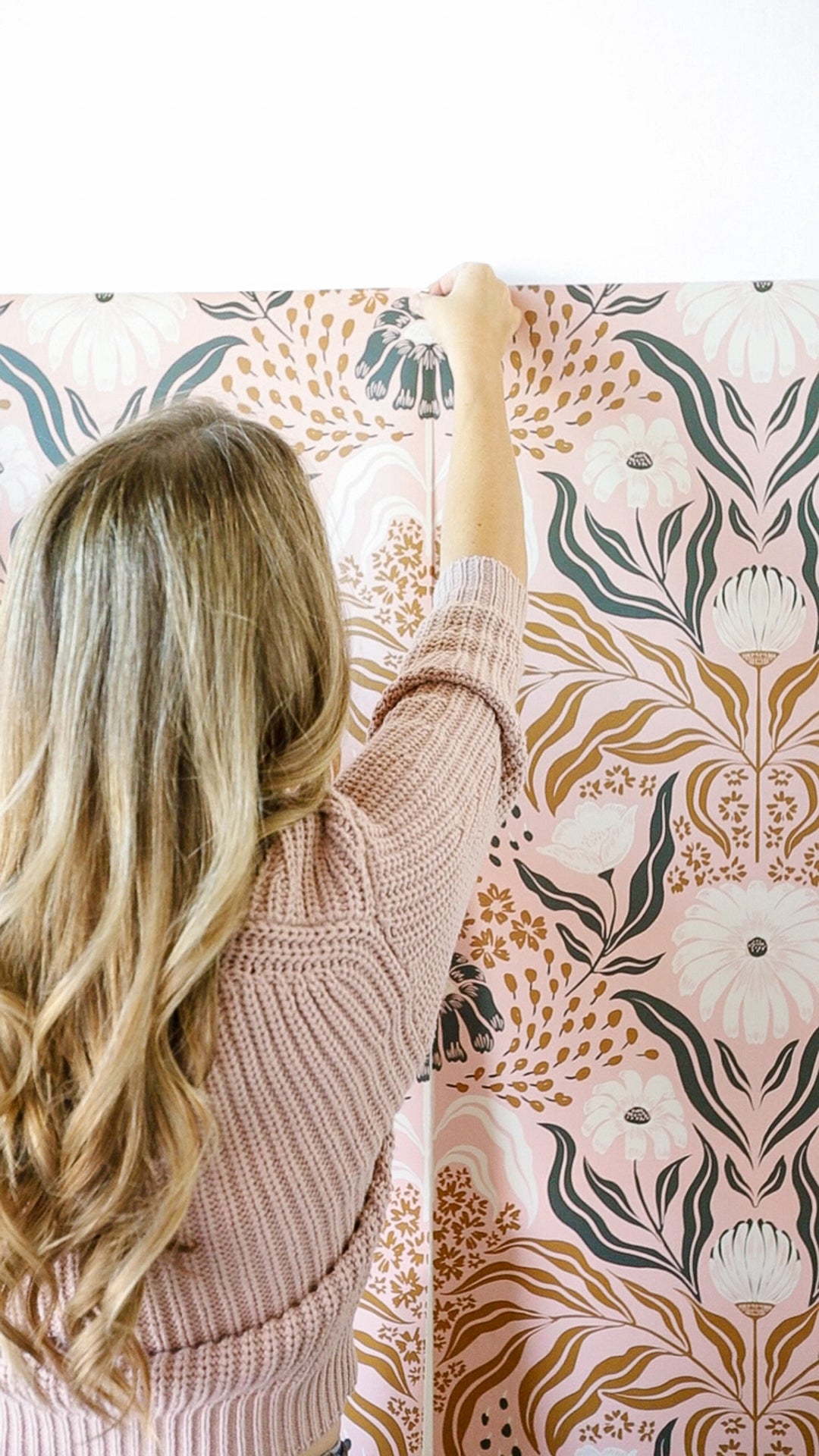
Choosing the Right Material
So how do you know which material is right for your walls? Here are some tips to help you decide:
- Check the surface: The first step is to determine what type of wall surface you have. If it's smooth and even, our standard material is the way to go. For rough or textured walls, opt for our textured material.
- Consider the design: Some of our wall decals have intricate details or delicate lines that may not adhere well to textured surfaces. If you're interested in one of these designs, your best bet would be to use our standard material on a smooth surface.
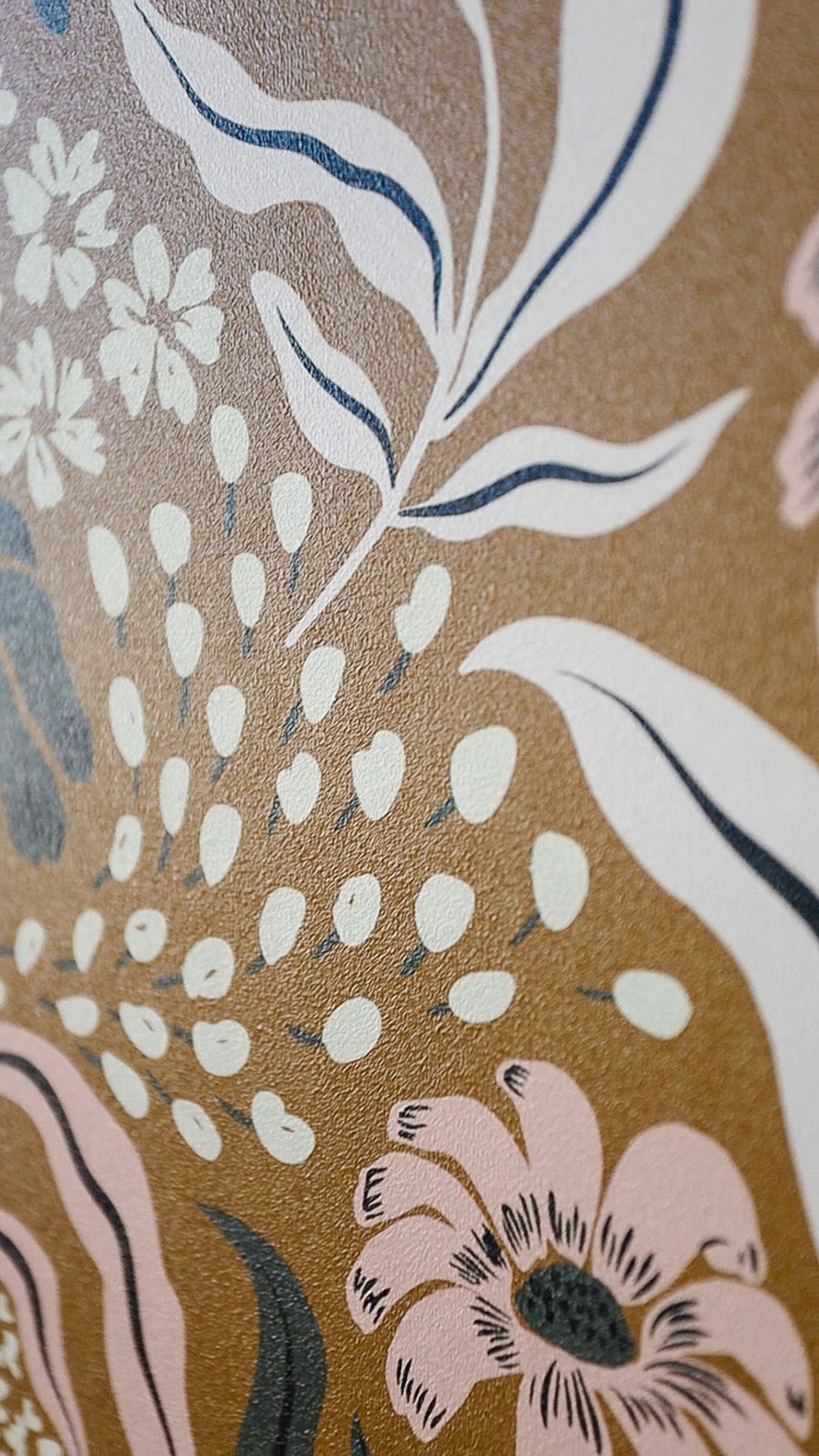
Ideal Surfaces for Textured Wall Material
Our textured wall material is specifically designed to adhere to a variety of rough and uneven surfaces, ensuring a secure and long-lasting application. Here’s a guide to the types of wall textures that are ideal for this material:
- Knockdown: This popular texture, with its flattened peaks and valleys, is a perfect match for our textured material. The slightly stronger adhesive ensures it stays firmly in place.
- Orange Peel: Resembling the subtle, bumpy surface of an orange peel, this texture works well with our material, providing a smooth application without compromising on design.
- Slap Brush: Characterized by its unique, stippled pattern created with a brush, this surface can be challenging for standard materials, but our textured option adheres seamlessly.
- Sand Swirl: The swirling patterns of sand swirl textures add artistic flair to walls. Our textured material complements these surfaces, maintaining the design’s integrity.
- Santa Fe: With its smooth yet uneven finish, Santa Fe textures pair beautifully with our material, ensuring even coverage and a professional look.
- Crows Feet: Known for its distinct, overlapping brush strokes, Crows Feet textures benefit from the extra adhesive strength of our textured material, making it an excellent choice.
By selecting our textured material for these wall types, you can confidently enhance your space with stylish, durable designs that adhere perfectly, even on challenging surfaces.
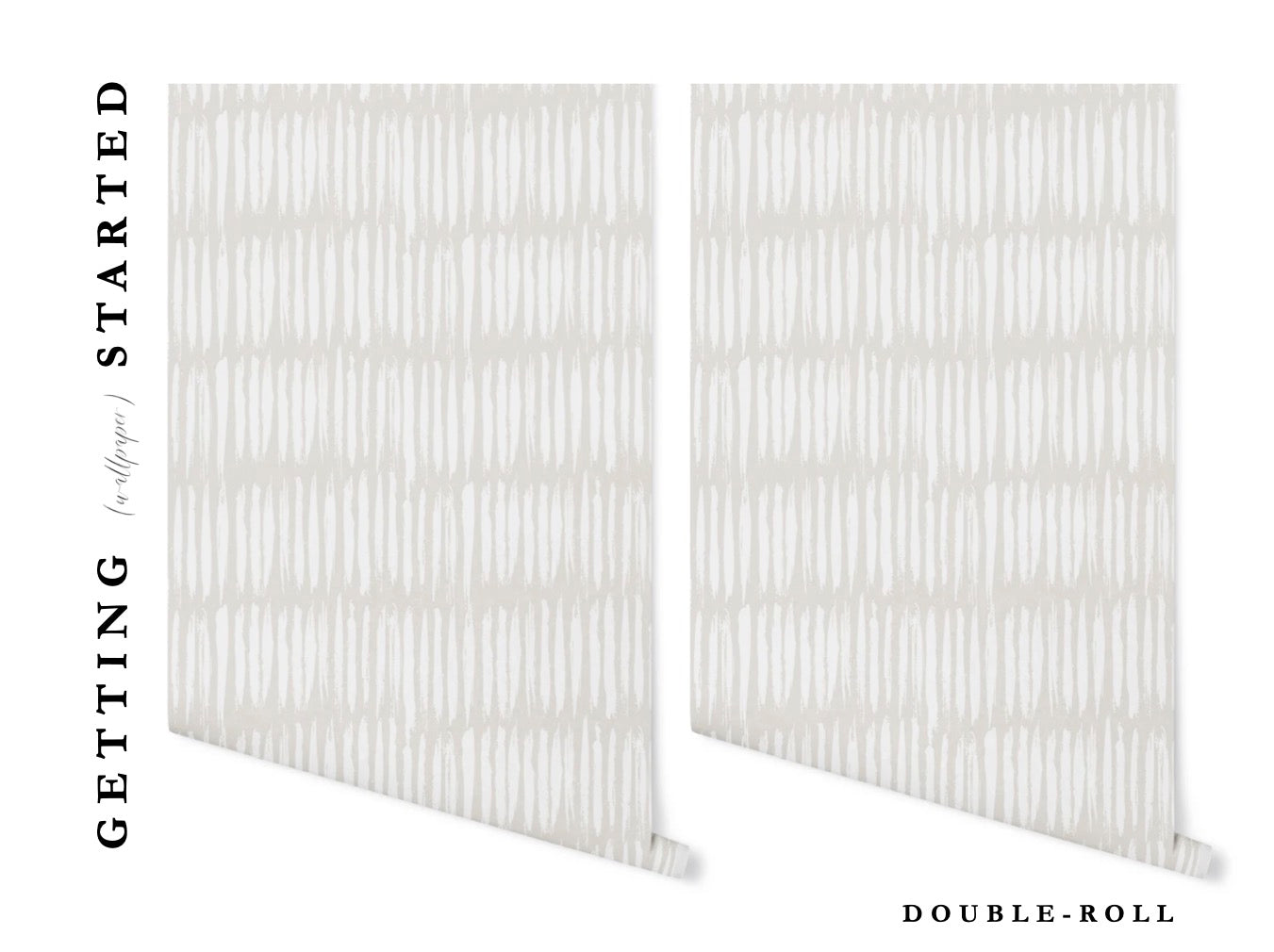
How Much Wallpaper Do I Need?
Width + 6 inches ÷ Panel Size =
Standard Double Rolls = 46 inches
Textured Double Rolls = 42 inches
Example: Wall is 123 inches wide and you need the standard wall material.
123 inches + 6 = 129 ÷ 46 = 2.804 (round out to a whole number and you get 3)
That would mean you would require 3 double rolls / 6 individual panels
- Wallpaper rolls are measured in double rolls (2 indivudial panels in one order). To calculate the panel number needed for your space, we recommend combining the width of each wall, then dividing this number by the adhesive panel you require. Do not include crown molding or baseboard/skirting in the ceiling height measurement.
- Include measurements of openings in your space, such as doors and windows.
- Always round up to account for pattern repeat and variation. When in doubt, order a little bit more than you think you need.



